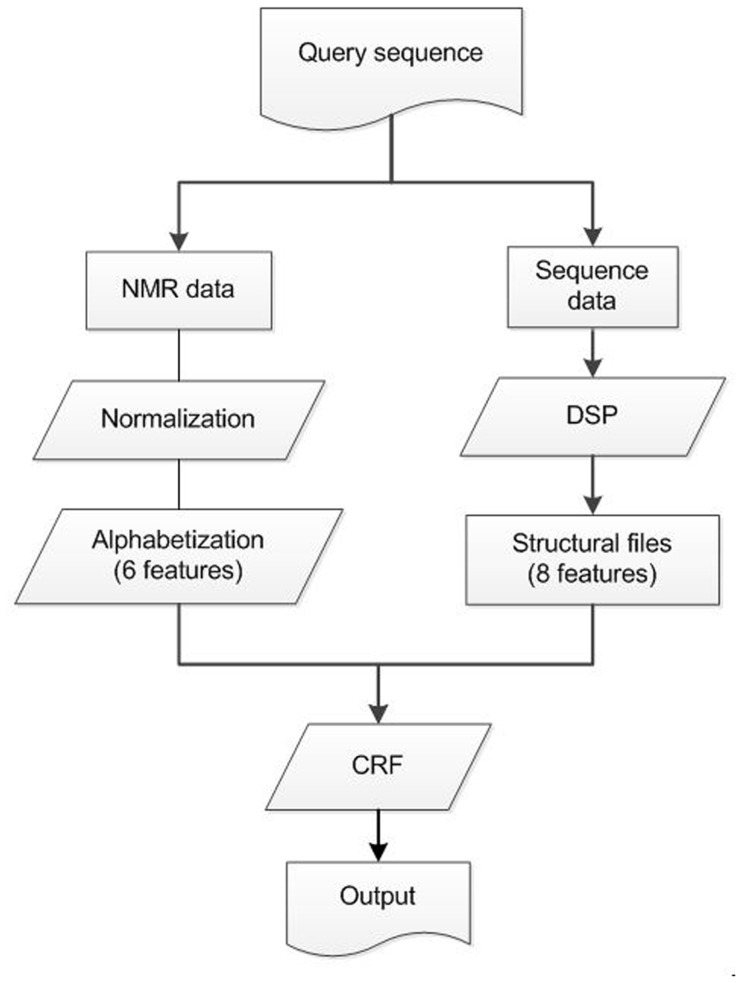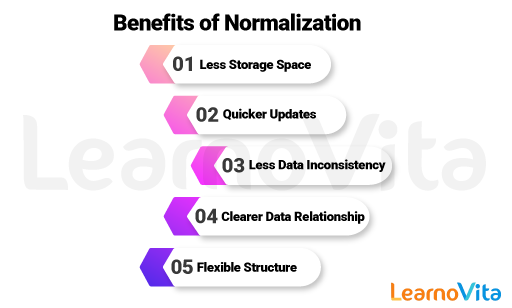
What is Data Normalization?| A Complete Overview
Last updated on 30th Jan 2023, Artciles, Blog
- In this article you will get
- What is Data Normalization?
- Data normalization forms
- Advantages of Data Normalization
- Disadvantages of Data Normalization
- Need for Data Normalization
- Benefits of Data Normalization
- Conclusion
What is a Data Normalization?
Data normalization is a process of reorganizing data within database so that users can utilize it for the further queries and analysis. Simply put, it is a process of developing a clean data. This includes an eliminating redundant and unstructured data and making a data appear similar across all the records and fields.

Data normalization forms
Data normalization can be divided into the various types of a normal forms. The most popular ones are be 1NF, 2NF, 3NF, and BCNF. Let us dive into all normal forms with help of an example. Assume that company has a database of all employees and their key skills:
1NF:First Normal Form
The most basic form of a data normalization is 1NF which ensures are no two same entries in the group. For a table to be in a first normal form, it should satisfy a following rules:
- Every cell should contain single value.
- Every record should be an unique.
2NF:Second Normal Form
In a 2NF table, all subsets of a data that can be placed in the multiple rows are placed in a separate tables. For a table to be in a second normal form, it should satisfy a following rules:
- It should be in a 1F.
- The primary key should not be a functionally dependant on any subset of a candidate key .
3NF:Third Normal Form
For table to be in a third normal form, it should satisfy a following rules:
- It should be in a 2F.
- It should not have the any transitive functional dependencies .
- A transitive functional dependency is when change in the column may cause any of other columns to change.
Advantages of a Data Normalization
The process of a normalizing a database has a numerous advantages. The following are some key benefits:
- 1.Utilizing a database or data redundancy through the normalization.
- 2.Duplication may be an eliminated.
- 3.By normalizing, may reduce a null values.
- 4.Results in the smaller database.
- 5.Minimize/avoid problems with a data modification.
- 6.It makes a queries easier.
- 7.The database structure is a more comprehensible and also straightforward.
- 8.Existing data can be added to a database without having impact.
- 9.Because table is compact and more rows can fit on a data page, finding, sorting, as well as an indexing may be quicker.
Now that we have a better understanding of terminologies, denormalization, normalization, and denormalization may be a distinguished as database systems. In addition, data redundancy is added during a reverse normalization process to an enhance application-specific speed, data confidentiality, and integrity.

Disadvantages of Data Normalization
The process of a normalizing a database has a numerous disadvantages:
- 1.The need to link a tables increases when information is spread over a more tables, lengthening the task. The database also gets more interesting to be recognize.
- 2.Since rewritten a data will be saved as lines of the numbers instead of a actual data, tables will contain a codes rather than actual information. As a result, it is necessary to always consult a query table.
- 3.The data model proves to be incredibly challenging to be inquire about because of an information model is created for a programs, not for ad hoc questioning. It is composed of a SQL that has been amassed an over time and is typically performed by a working framework cordial query devices. As a result, it is be challenging to display the knowledge and understanding without first understanding a client’s needs.
- 4.The show moves at the steadily slower pace than a standard structure type does.
- 5.Accurate knowledge of a various typical structures is necessary in order to finish the standardization cycle successfully.
Need for a Data Normalization
The way that data is an organized when it is present in a large quantities becomes a more crucial as data’s value to all the kinds of businesses increases. It is more obvious that when a Data Normalization is carried out successfully,
- An Overall business performance can improves as a result.
- From an ensuring email delivery to the reducing misdials.
- Enhancing a group analysis without worrying about the duplication.
Benefits of a Data Normalization
- Reduces a redundant data.
- Provides a data consistency within a database.
- Much flexible database design.
- More database security.
- Better and quicker for execution .
- Greater an overall database organization.
Conclusion
Now that can have a basic understanding of a data normalization, it is time to take a deep dive into a depths of this topic. As a databases get big complex, there are higher-level normal forms that can need to learn.
